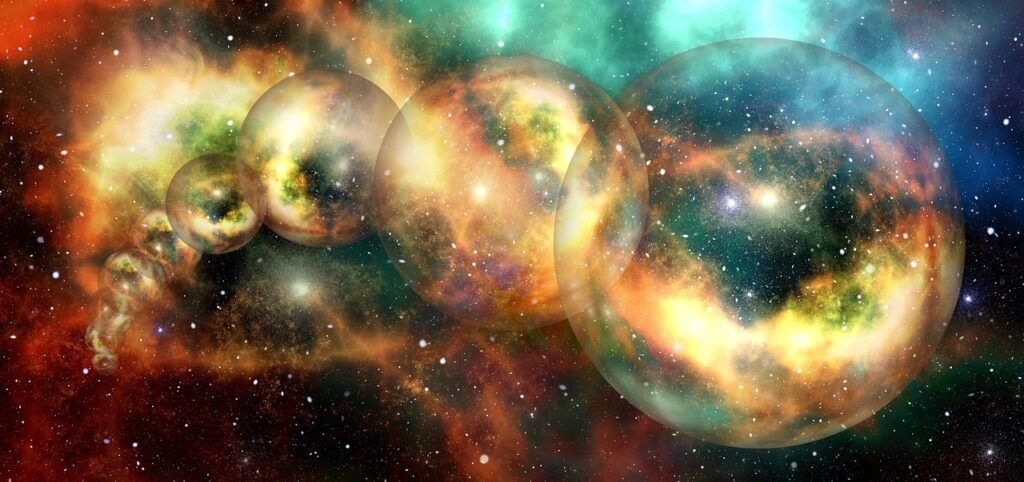Have you ever wondered if the decisions you didn’t make are playing out somewhere else in another universe? Imagine for a moment that every choice creates a new reality, every quantum event splits the cosmos, and every possibility exists simultaneously in dimensions we can barely comprehend. The concept of parallel realities has moved far beyond science fiction into serious scientific discourse, where physicists propose mind-blowing theories that challenge everything we thought we knew about existence.
Several branches of modern physics, including quantum theory and cosmology, suggest our universe may be just one of many. From quantum mechanics to cosmological inflation, from mirror matter to braneworld scenarios, scientists are exploring extraordinary possibilities that stretch our understanding of reality itself. So let’s dive into these fascinating theories that might just prove we’re living in one small corner of an infinite multiverse.
The Many-Worlds Interpretation: Every Choice Creates New Realities
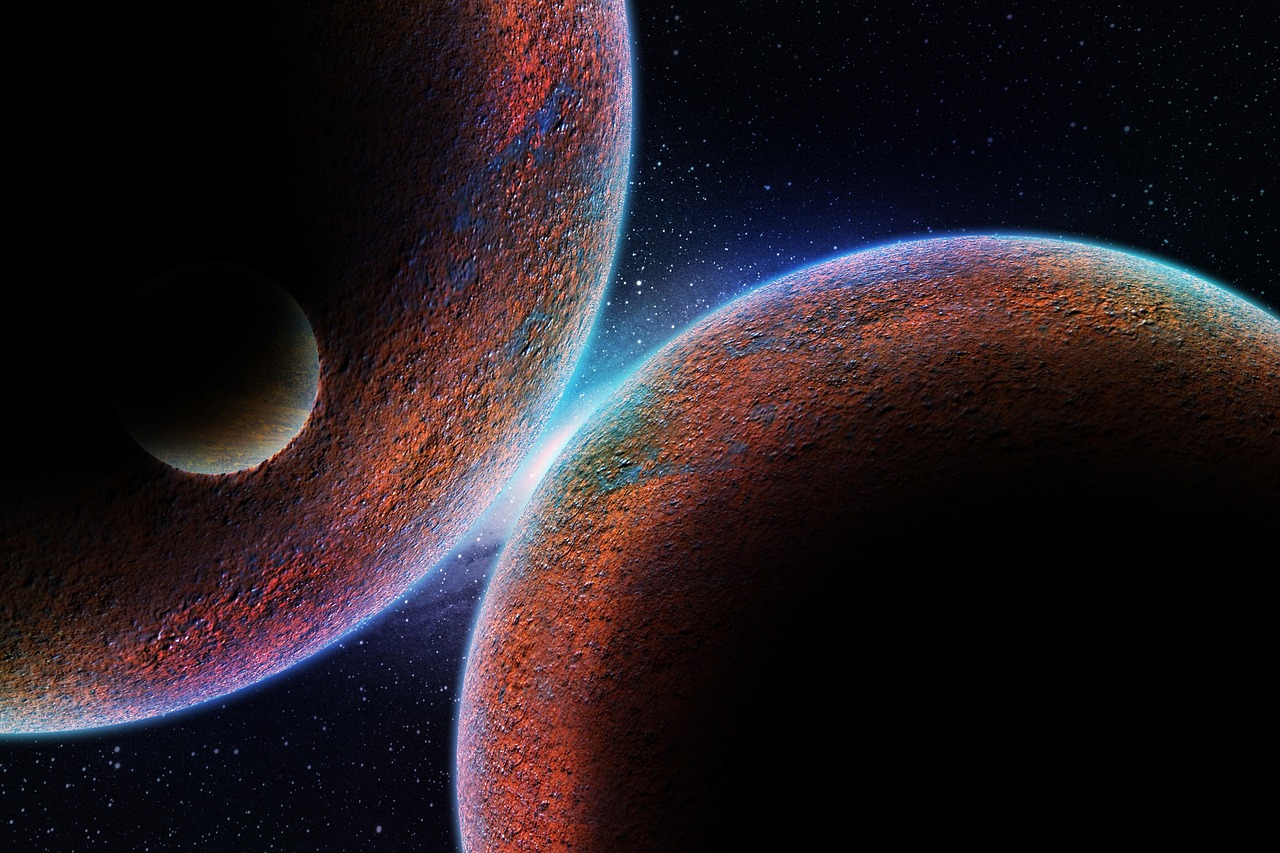
Picture this: every time you flip a coin, the universe splits in two. This was addressed in 1957 by a young graduate student, Hugh Everett III, with the many-worlds interpretation. He speculated that different possibilities split into different universes – and that humans experience multiple realities but don’t really know about their doppelgängers.
According to the Many-Worlds Interpretation, every quantum event spawns a new universe, leading to a branching tree of parallel realities. In these quantum parallel universes, every possible outcome of every event happens somewhere. That means somewhere, there’s a version of you who chose differently at every crossroads in life.
What makes this theory particularly unsettling is its implications. As unsettling as it might sound, Everett’s Many-Worlds interpretation has implications beyond the quantum level. If an action has more than one possible outcome, then – if Everett’s theory is correct – the universe splits when that action happens. This holds true even when a person chooses not to take an action. This means that if you have ever found yourself in a situation where death was a possible outcome, then in a universe parallel to ours, you died.
String Theory’s Braneworld: Living on Floating Membranes

The central idea is that the visible, four-dimensional spacetime is restricted to a brane inside a higher-dimensional space, called the “bulk” (also known as “hyperspace”). Think of our entire universe as a thin sheet of paper floating in a vast three-dimensional room.
Branes are essentially membranes – lower-dimensional objects in a higher-dimensional space. (To picture this, think of a shower curtain, virtually a two-dimensional object in a three-dimensional space.) In the bulk model, at least some of the extra dimensions are extensive (possibly infinite), and other branes may be moving through this bulk. Interactions with the bulk, and possibly with other branes, can influence our brane and thus introduce effects not seen in more standard cosmological models.
In 1999, physicists Lisa Randall and Raman Sundrum introduced a braneworld theory that received considerable attention. Under their theory, there can be other universes just a microscopic distance away from ours. But this distance “is measured in some fourth spatial dimension of which we are not aware,” explains Lisa Randall in her blog post explaining the ideas.
Mirror Matter: The Shadow Reality Alongside Ours

In theoretical physics, mirror matter, also called shadow matter or alice matter, is a hypothetical counterpart to ordinary matter that mirrors the properties of ordinary matter but interacts with it only via gravity or weak interaction. Imagine an entire parallel world made of particles that are nearly identical to ours but almost invisible.
Recent studies in Physical Review D have explores whether dark matter could have formed in a hidden sector – a kind of “mirror world” with its own versions of particles and forces. While completely invisible to humans, this shadow sector would obey many of the same physical laws as the known universe.
The implications are staggering. In this scenario, we postulate that the visible universe co-exists with a mirror world consisting of an identical duplicate of forces and matter of our world, obeying a mirror symmetry. This picture, motivated by particle physics considerations, not only provides a natural candidate for dark matter but also has the potential to explain the matter dark matter coincidence problem, i.e., why the dark matter content of the universe is only a few times the visible matter content.
Quantum Superposition: Existing in Multiple States at Once
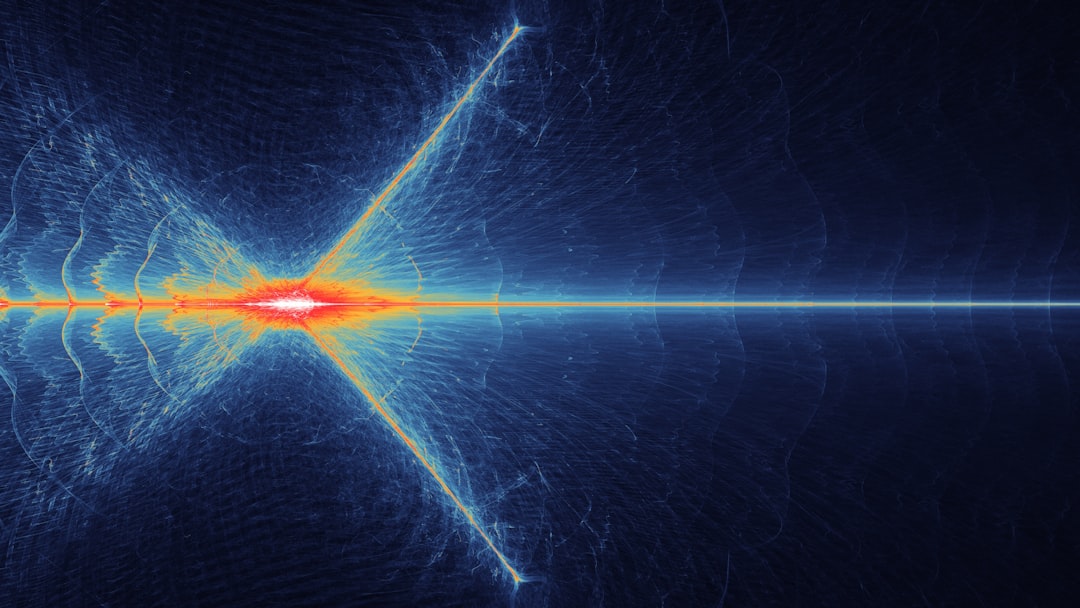
At the quantum level, particles don’t just exist in one place or state – they exist in all possible states simultaneously until observed. Quantum mechanics suggests that particles can exist in multiple states simultaneously, a concept known as superposition. This isn’t just theoretical physics jargon; it’s the foundation for understanding parallel realities.
Superposition allows particles to exist in multiple states simultaneously. When a particle is in superposition, it is described by a wave function, which contains all possible states of the particle. Upon measurement, the wave function “collapses” to a single state; however, the Many-Worlds Interpretation argues that all possible states continue to exist in parallel universes.
Quantum Computation’s Dependence on Superposition Willow’s ability to perform calculations exponentially faster than classical computers relies on the phenomenon of superposition, where qubits exist –multiverse theorists would suggest – in multiple states simultaneously. In the multiverse interpretation, these states correspond to computations occurring across parallel universes, offering evidence that the multiverse is not just theoretical but operational within quantum systems.
Cosmic Inflation and Bubble Universes: An Endless Multiverse
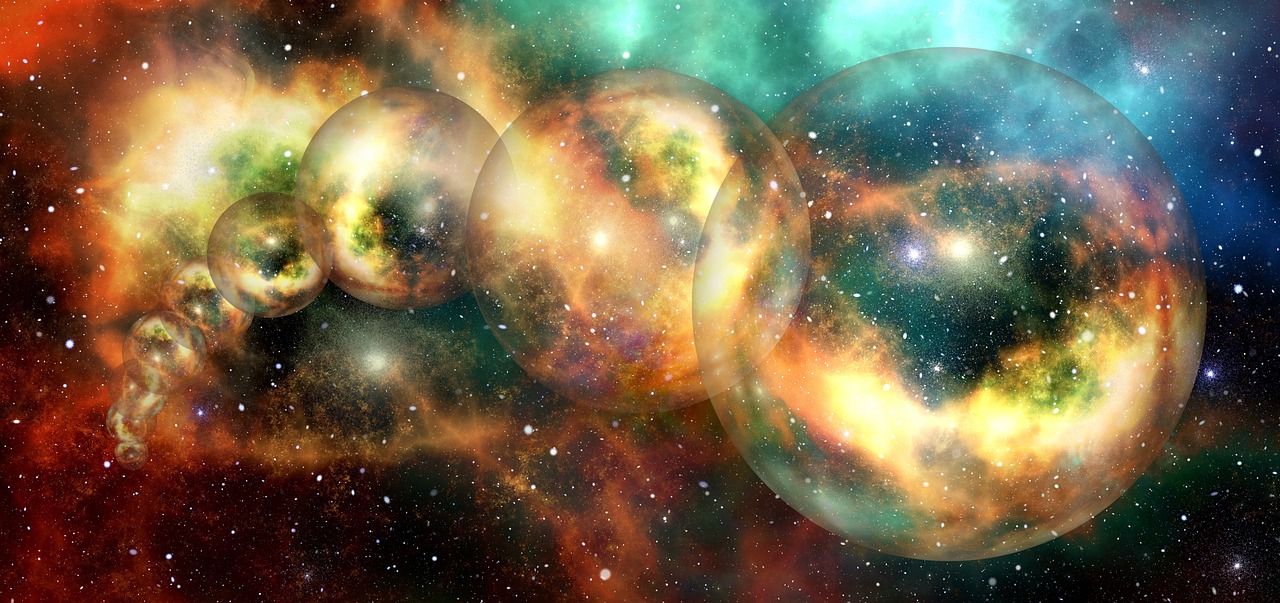
The theory of cosmic inflation suggests our universe underwent rapid expansion in its earliest moments. And there’s the cosmological multiverse, which is the idea that a process called inflation, the rapid expansion believed to be an early stage of the universe, is relatively easy to achieve in the early universe and elsewhere and happens all the time. It results in other bubble universes that expand, and our universe has also expanded, so they’re currently beyond our scope.
Two possible theories present reasons to believe that Level 2 parallel universes may exist: eternal inflation and ekpyrotic theory. In eternal inflation, recall that the quantum fluctuations in the early universe’s vacuum energy caused bubble universes to be created all over the place, expanding through their inflation stages at different rates. Each bubble represents a complete universe with its own physics and history.
Eternal Inflation proposes that inflation (rapid expansion after the Big Bang) continues eternally in some regions of space. This results in a multiverse of “bubble universes,” each with potentially different properties. These cosmic bubbles could contain universes where the laws of physics work entirely differently than ours.
The Ekpyrotic Universe: Colliding Branes Create Realities
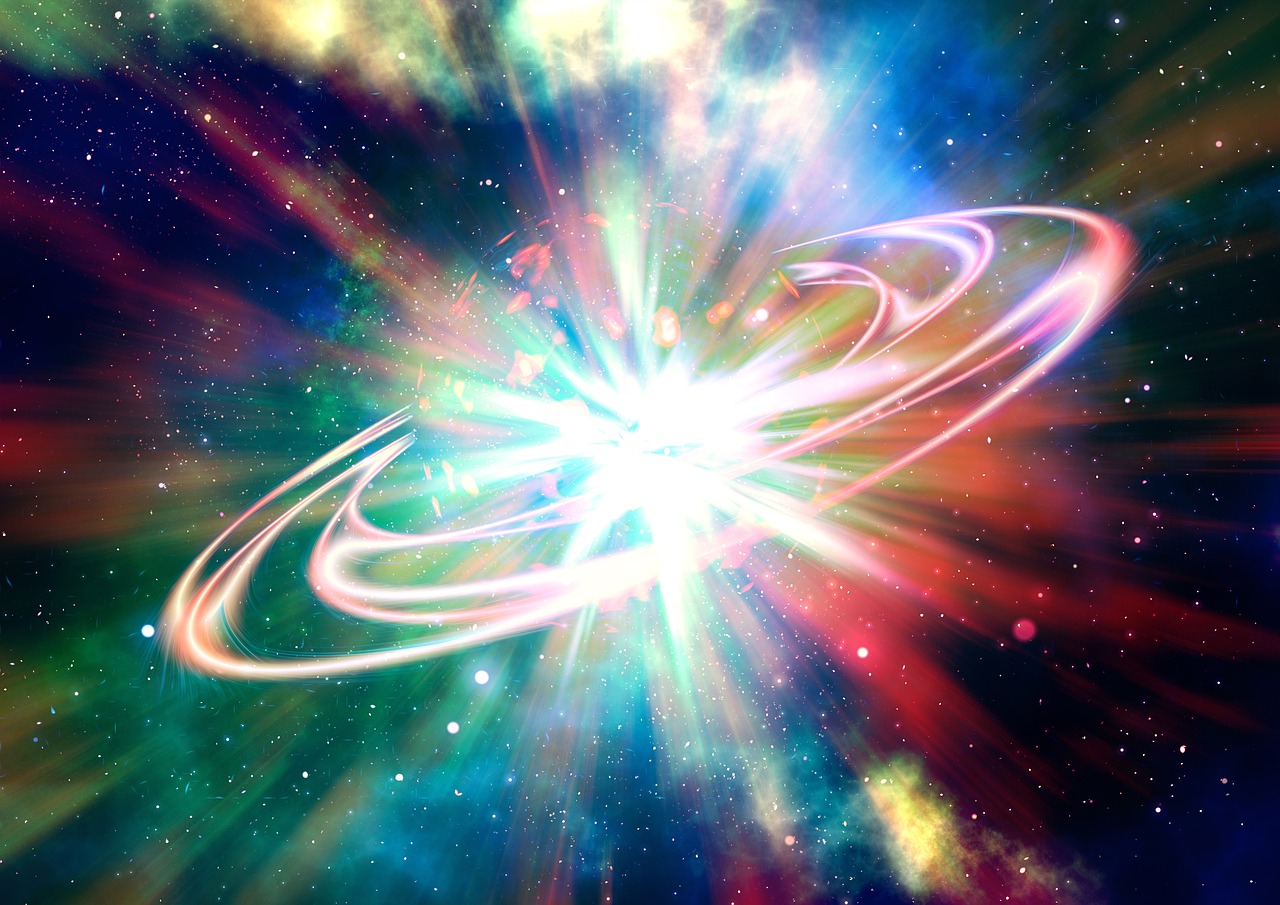
The ekpyrotic theory hypothesizes that the origin of the observable universe occurred when two parallel branes collided. Think of two enormous sheets crashing into each other at cosmic speeds, with the collision creating the Big Bang that started our universe.
In the ekpyrotic theory picture, if the universe is the region that results when two branes collide, then the branes could actually collide in multiple locations. Consider flapping a sheet up and down rapidly onto the surface of a bed. The sheet doesn’t touch the bed only in one location, but rather touches it in multiple locations. If the sheet were a brane, then each point of collision would create its own universe with its own initial conditions. There’s no reason to expect that branes collide in only one place, so the ekpyrotic theory makes it very probable that there are other universes in other locations, expanding even as you consider this possibility.
A 2013 paper by physicists Razieh Pourhasan, Niayesh Afshordi, and Robert B. Mann, called “Out of the White Hole: A Holographic Origin for the Big Bang,” proposed that our universe is like a hologram, which exists on a 3D brane that was formed as a result of the collapse of a 4D black hole in the bulk universe. The process would be similar to how stars in our universe explode in supernovas, while their inner layers collapse and form black holes. Only in this case, a universe-creating “white hole” is generated.
Level 4 Mathematical Universes: Every Equation Becomes Real
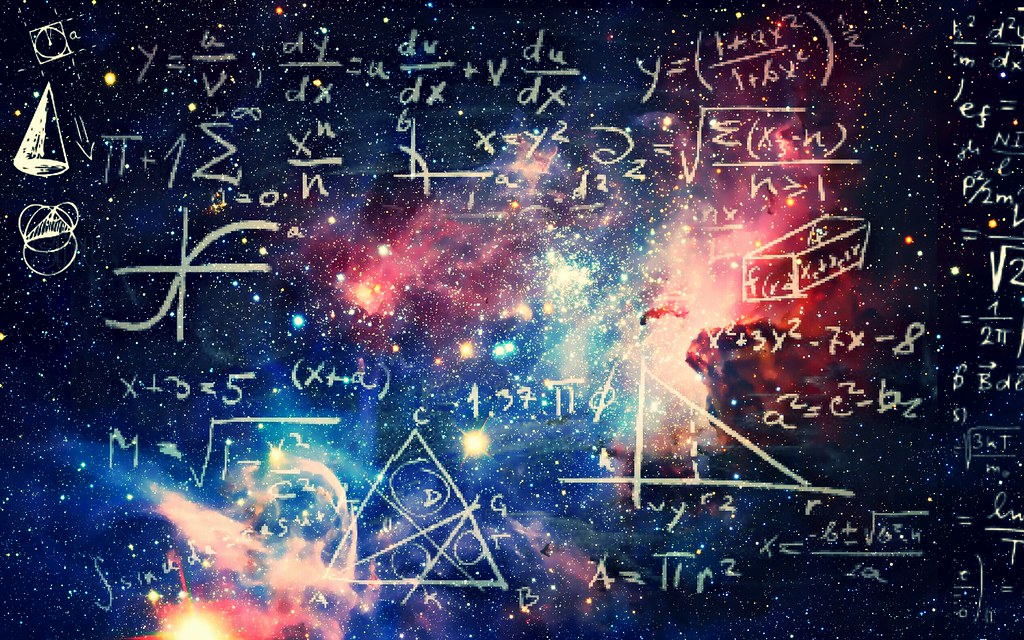
A Level 4 parallel universe is the strangest place (and most controversial prediction) of all, because it would follow fundamentally different mathematical laws of nature than our universe. In short, any universe that physicists can get to work out on paper would exist, based on the mathematical democracy principle: Any universe that is mathematically possible has equal possibility of actually existing.
This concept pushes the boundaries of what we consider reality. If every mathematical structure corresponds to a physical universe, then there are realities operating under completely different rules than ours. Imagine universes where two plus two equals five, where time flows backward, or where the speed of light isn’t constant.
The mathematical democracy principle suggests that our universe isn’t special – it’s just one mathematical possibility among infinite others. This theory makes even the wildest science fiction seem mundane by comparison, as it implies that every conceivable logical system generates its own universe with conscious beings experiencing that reality.
The Holographic Principle: Reality as a 2D Surface
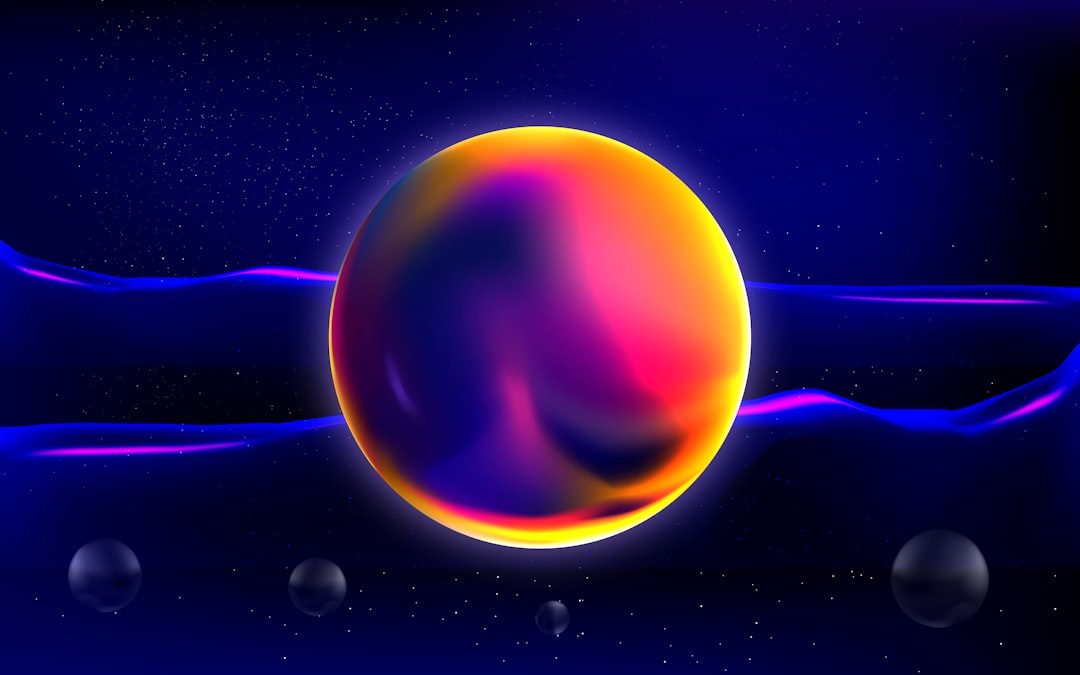
One of the most counterintuitive theories suggests that all the information in our three-dimensional universe might actually be encoded on a two-dimensional surface, like a hologram. This holographic principle proposes that what we experience as depth and volume is actually an illusion created by information projected from a distant boundary.
Most notably, unexpected coincidences between the properties of black branes and D-branes led Argentine American physicist Juan Maldacena to the 1997 discovery of anti de Sitter/conformal field theory (AdS/CFT) duality. This is a construction of a quantum theory of gravity, a previously unsolved problem, in terms of the well-understood Yang-Mills gauge fields of particle physics. AdS/CFT has led to unexpected connections between gravity and many other areas of physics and has resolved some long-standing puzzles in the application of quantum mechanics to black holes.
If this theory is correct, it would mean that parallel universes might exist as different holographic projections from the same fundamental two-dimensional surface. Each projection could represent a complete universe with its own set of physical laws and conscious observers, all existing simultaneously as different “views” of the same underlying reality.
Ancient Wisdom Meets Modern Physics: Hindu Cosmology’s Parallel Universes
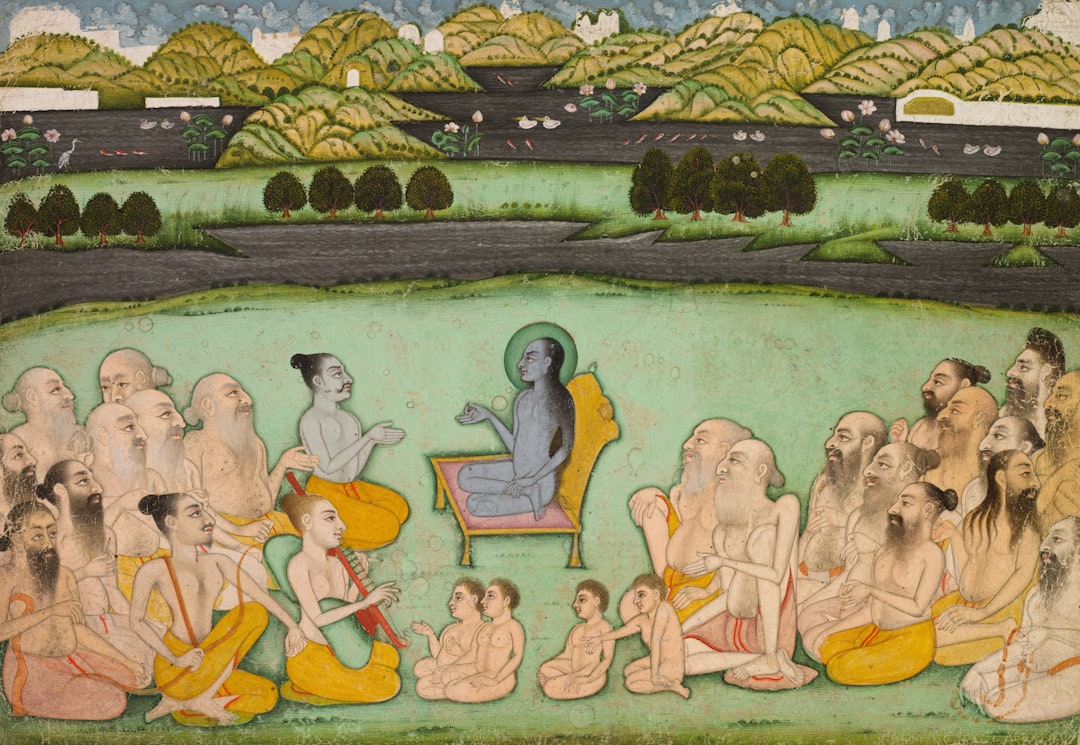
I remember one story from the Bhagavata Purana where Lord Vishnu reveals to the sage Narada multiple universes, each governed by its own Brahma, each existing within its reality. But then I stumbled upon the idea of the multiverse in modern physics, and something clicked. Ancient texts may have been describing parallel realities thousands of years before modern science.
In Hindu philosophy, the concept of maya is central – the idea that the world we perceive is an illusion, hiding a deeper, more profound reality. This concept has always fascinated me, particularly when juxtaposed with what quantum physics teaches us. As I delved deeper into quantum mechanics, I found eerie parallels between maya and how physicists describe the nature of reality. In quantum mechanics, particles can exist in multiple states at once, and only when observed do they “choose” a specific state – a phenomenon known as wavefunction collapse.
In the Mahabharata, during the infamous battle of Kurukshetra, Lord Krishna briefly shows Arjuna the vishvarupa, the universal form where Arjuna experiences multiple lifetimes and universes in an instant. This concept of time bending, stretching, or collapsing is echoed in Einstein’s Theory of Relativity, where time can be experienced differently based on the observer’s velocity and gravity’s influence. In both science and the scriptures, time isn’t linear or fixed; it’s fluid and multidimensional.
Google’s Quantum Computing and Multiverse Evidence

Hartmut Neven’s Assertion The leader of Google’s Quantum AI team explicitly linked Willow’s success to the multiverse, suggesting that quantum computation’s extraordinary power could be a direct result of interactions across parallel dimensions. This aligns with interpretations of quantum mechanics that posit the multiverse as essential for explaining such phenomena.
In his view, when a quantum computer performs a computation, in broad strokes, it simultaneously processes information in multiple parallel universes. Each computation takes place in a distinct branch of reality, and the quantum computer effectively leverages this multiplicity to solve problems that are impossible for classical computers. In practical terms, Deutsch argued that the extraordinary efficiency of quantum algorithms, such as Shor’s algorithm for factoring large numbers, can only be fully understood if quantum computers are seen as working across parallel universes.
However, not everyone agrees with this interpretation. Critics like Ethan Siegel argue that quantum phenomena, including superposition and entanglement, can be explained without invoking the multiverse. These interpretations, such as the Copenhagen or pilot-wave theories, suggest that Willow’s success may arise from purely physical and mathematical principles within a single universe.
Conclusion: The Reality of Multiple Realities
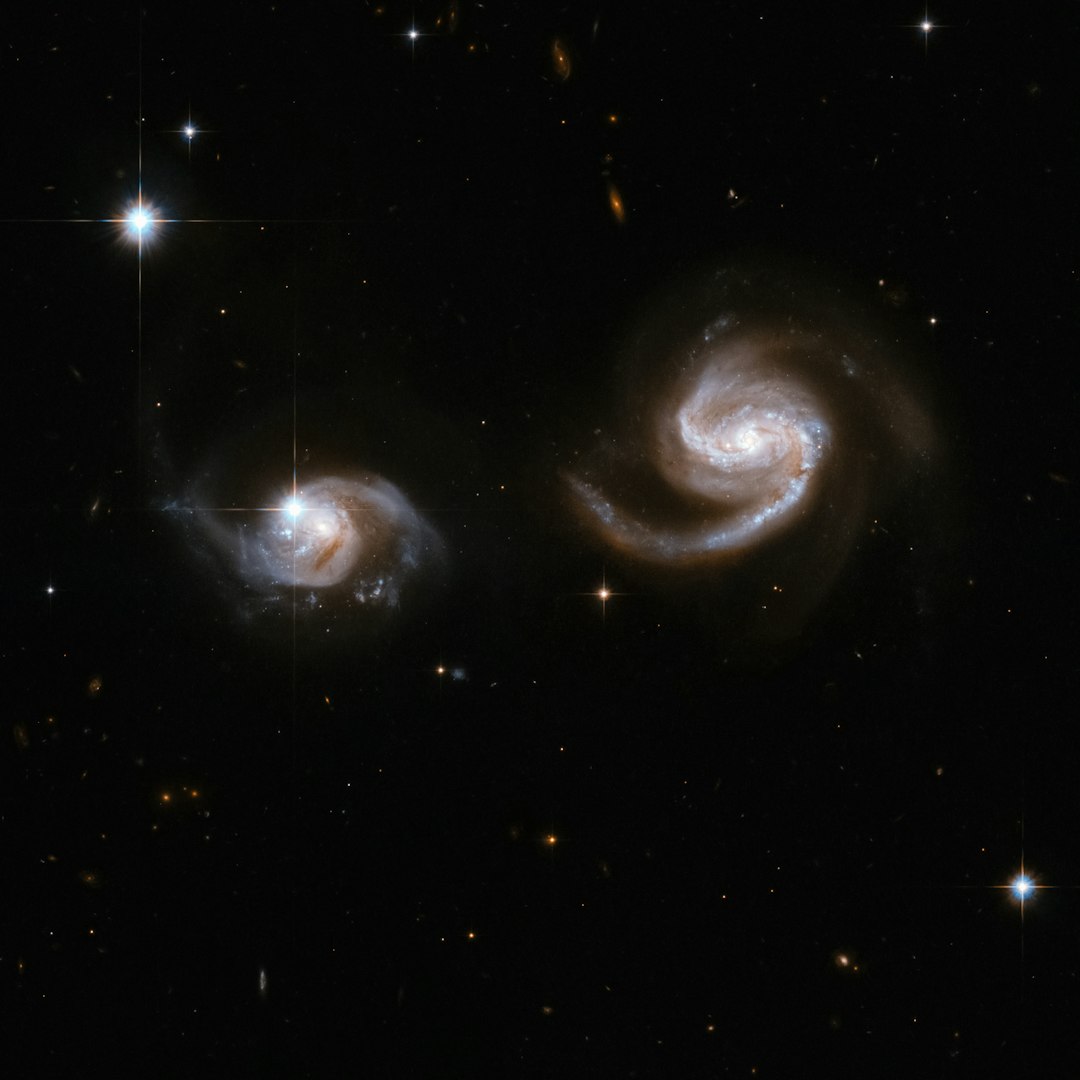
These theories paint a picture of reality far stranger and more wonderful than anything we could have imagined. From the Many-Worlds Interpretation suggesting that every quantum event creates new universes, to mirror matter theories proposing shadow worlds existing alongside ours, to braneworld scenarios where our entire cosmos floats like a membrane in higher-dimensional space – the possibilities are both humbling and exhilarating.
I’d like people to appreciate the range of possibilities in theoretical physics – even of things that are well accepted, such as the general theory of relativity and quantum physics – and understand that it is a great mystery how all these possibilities somehow filtered down into the universe that we observe today. Whether these parallel realities actually exist remains one of the greatest questions in modern physics, but the mere fact that serious scientists are exploring such mind-bending possibilities shows how much we still have to discover about the nature of existence itself.
What do you think about these theories? Could you be living just one life among infinite others across countless dimensions? Tell us in the comments.

Jan loves Wildlife and Animals and is one of the founders of Animals Around The Globe. He holds an MSc in Finance & Economics and is a passionate PADI Open Water Diver. His favorite animals are Mountain Gorillas, Tigers, and Great White Sharks. He lived in South Africa, Germany, the USA, Ireland, Italy, China, and Australia. Before AATG, Jan worked for Google, Axel Springer, BMW and others.

